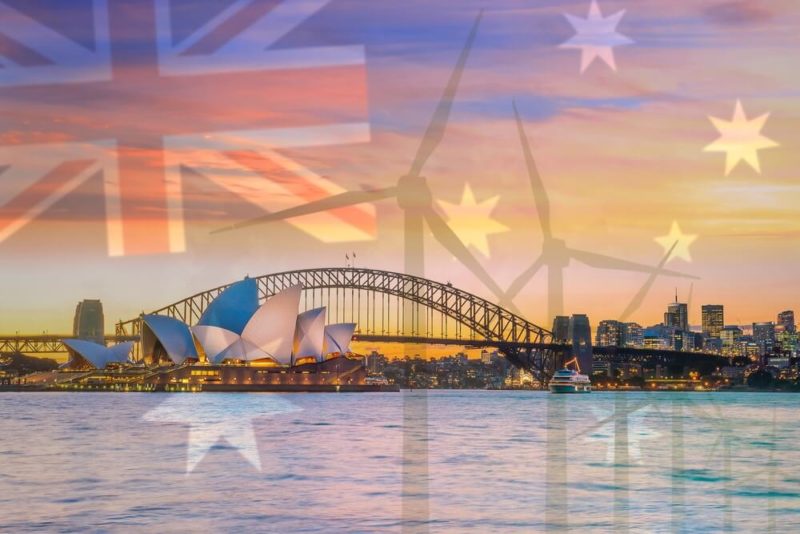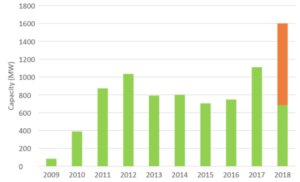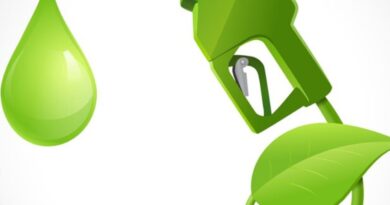Faster renewable adoption might save Australia the blushes on Emissions target too

A recent analysis by the Australian National University shows that Australia could have 50 percent renewable electricity by 2025, by doing nothing more than maintaining the current pace of wind and solar developments into 2020 and beyond. Professor Andrew Blakers from the Research School of Engineering, a member of the research team said, keeping up the current rate of renewable energy deployment would also meet Australia’s entire emissions reduction task for the whole economy by 2025. This comes even as experts predicted that Australia is clearly going to meet its Paris Agreement targets on reducing emissions by a fair margin .
The team at ANU studied the Australian Government’s renewable energy project data under the “Clean Energy Regulator”, that showed during 2018 and 2019 Australia will install about 10,400 megawatts of new renewable energy.
Professor Ken Baldwin, Director of the Energy Change Institute at ANU said, “If the current rate of renewable energy installations continues, Australia will eclipse its Renewable Energy Target, with 29 per cent renewable electricity in 2020, and 50 per cent in 2025.”
“We estimate electricity emissions would thereby be reduced by 26 per cent in 2021, and the electricity sector on its own would meet Australia’s entire Paris emissions reductions target of 26 per cent by 2025,” added Professor Baldwin.
The new capacity coming up is divided approximately equally between large-scale solar photovoltaics (PV), wind farms, and rooftop solar PV.
The recent projections are nothing short of impressive, considering the fact that just three years ago the same ANU team predicted that Australia would reach 100% renewables by 2040. This improvement could be partly due to what the report calls an important recent development i.e. the rapid growth in deployment of solar PV on the roofs of commercial and industrial enterprises.

Dr Matthew Stocks from ANU Research School of Engineering believes the rapidly growing supply of renewable energy into the electricity network requires effective planning to ensure enough storage and transmission capacity is built to deliver reliable energy to homes and businesses. “The remaining piece of the puzzle is more storage and stronger interstate interconnection, which is where governments should be focussing their attention,” said Dr Stocks.
Recently, taking a U-Turn from its previous three- year old stand when Australia placed its national target to cut emissions by 26%-28% below 2005 levels by 2030 into the Global Paris agreement, PM Turnbull removed the emissions targets – already too low – from his national energy guarantee. However, the ANU team are confident in their analysis and believe even without much help from the government Australia can still achieve its targets.
“Our message is that the renewables train has developed great momentum, so policy makers need to get on board,” said Dr Stocks.
Read: Why these stories from France, Australia, Germany, California and the UN matter.




